What Vegetables to Plant Together in Pots
Discover what vegetables to plant together in pots with our complete companion planting guide. Includes a chart and small garden layout ideas for containers.
The Social Gardener: Your Complete Guide to Companion Planting in Containers
One of the most beautiful things about nature is that nothing exists in isolation. In a thriving ecosystem, plants form complex, symbiotic relationships with one another. They protect, support, and nourish each other in a silent, underground social network. As a dedicated small-space gardener at Neat Tiny Home, I’ve learned that we can replicate this natural wisdom in our own container gardens, and the results are nothing short of magical. This practice is called companion planting. It’s the art and science of pairing plants together for their mutual benefit. It’s one of the oldest and most effective secrets of organic gardening, and it’s perfectly suited to the close quarters of a pot or a raised bed.
This is your ultimate companion planting guide, specifically tailored for the unique environment of a container garden. We’re going to answer the crucial question: what vegetables to plant together in pots? We’ll go beyond a simple list and dive into the “why” behind the pairings—how some plants repel pests, how others improve the flavor of their neighbors, and how some provide natural support. I’ll provide you with a comprehensive chart to take the guesswork out of your pairings, and we’ll explore practical small garden layout concepts to help you design a beautiful and productive polyculture pot. Get ready to become a plant matchmaker and create a container garden that is healthier, more resilient, and more productive than ever before.
The Social Network of Plants: An Introduction to Companion Planting
For centuries, gardeners have known that some plants just seem to grow better together. What was once considered folklore is now increasingly backed by scientific observation. Companion planting is the practice of creating a “polyculture”—a garden of many different species—rather than a “monoculture” of just one type of plant. This diversity creates a resilient, self-regulating ecosystem in miniature. The plants work together to create a whole that is greater than the sum of its parts. In the confined space of a container, these benefits are amplified. A well-planned companion pot can be a tiny, thriving ecosystem, with each plant playing a role in the health and success of the community.
The Science Behind the Synergy
The benefits of companion planting aren’t magic; they’re based on real biological interactions. Here are some of the ways companion plants help each other out:
- Pest Control: Some plants, especially aromatic herbs, can confuse pests looking for their favorite host plant. Others, like marigolds, release compounds into the soil that repel harmful nematodes. Some plants, called “trap crops,” are so delicious to pests that they will lure the bugs away from your more valuable crops.
- Attracting Beneficial Insects: Flowering herbs and flowers like borage and alyssum attract pollinators like bees, which are essential for fruiting vegetables like tomatoes and cucumbers. They also attract predatory insects like ladybugs and hoverflies, which prey on pests like aphids.
- Improved Growth and Flavor: Some plants are believed to enhance the growth and flavor of their neighbors. The most famous example is planting basil with tomatoes; many gardeners swear it improves the tomato’s flavor.
- Nutrient Provision: Legumes, like beans and peas, have a special ability to “fix” nitrogen from the air into the soil, providing a natural source of this essential nutrient for heavy-feeding neighbors.
- Natural Support: Tall, sturdy plants like sunflowers or corn can provide a natural trellis for vining plants like pole beans to climb.
The “Three Sisters” and Beyond: Classic Companion Planting Guilds
The most famous example of companion planting comes from Native American agriculture: the “Three Sisters.” This is a guild of three plants—corn, beans, and squash—that work in perfect harmony. The tall corn provides a natural trellis for the pole beans to climb. The beans fix nitrogen in the soil, feeding the heavy-feeding corn and squash. The large, sprawling squash leaves shade the ground, acting as a living mulch to retain moisture and suppress weeds. While a traditional Three Sisters garden is too large for a single pot, we can adapt the principles. For example, in a very large container, you could plant a sunflower (the corn), have pole beans climb it, and plant a small, trailing nasturtium (the squash) at its base. Understanding these classic guilds helps us to think creatively about our own pairings and is a great starting point for figuring out what vegetables to plant together in pots.
The Ultimate Companion Planting Chart for Container Gardens
This chart is your quick-reference guide to the most common and effective pairings for container gardening. Remember that these are guidelines, not unbreakable rules. The best way to learn is to observe your own garden! I’ve included both good companions (friends) and bad companions (foes) to help you avoid common mistakes.
| Main Vegetable | Good Companions (Friends) | Bad Companions (Foes) | The “Why” |
|---|---|---|---|
| Tomatoes | Basil, Carrots, Chives, Marigolds, Borage | Fennel, Kohlrabi, Potatoes, Corn | Basil repels tomato hornworms. Borage attracts pollinators. Marigolds deter nematodes. |
| Peppers | Basil, Carrots, Onions, Spinach, Rosemary | Fennel, Kohlrabi, Apricot Trees | Basil may help repel aphids and spider mites. Rosemary can deter some pests. |
| Lettuce & Greens | Carrots, Radishes, Chives, Mint, Strawberries | Celery, Cabbage, Parsley | Chives help repel aphids. Mint repels slugs. Taller plants can provide needed afternoon shade. |
| Beans (Bush & Pole) | Carrots, Cucumbers, Radishes, Rosemary | Alliums (Onions, Garlic, Chives), Fennel | Beans fix nitrogen into the soil. Rosemary repels the bean beetle. |
| Carrots | Lettuce, Onions, Rosemary, Sage, Tomatoes | Dill, Celery, Parsnips | Rosemary and sage help repel the carrot rust fly. Onions also deter this pest. |
| Cucumbers | Beans, Radishes, Marigolds, Nasturtiums | Potatoes, Sage, Aromatic Herbs | Radishes deter cucumber beetles. Nasturtiums are a great trap crop for aphids. |
For a more exhaustive list, I always trust the tried-and-true information from a resource like The Farmer’s Almanac, which has been providing gardening wisdom for centuries.
Designing Your Companion Planted Pot: A Guide to Small Garden Layout
Now that you know some good pairings, how do you arrange them in a pot? A successful mixed container is more than just a random jumble of plants. A good small garden layout for a pot considers both aesthetics and the practical needs of the plants. By thinking like a designer, you can create a pot that is both beautiful and incredibly productive.
The “Thrillers, Fillers, and Spillers” Design Concept for Edibles
This is a classic container design principle that works perfectly for edibles.
- Thriller: This is your tall, dramatic, centerpiece plant. In an edible context, this could be a staked cherry tomato plant, a climbing cucumber on a small trellis, or a tall herb like rosemary.
- Filler: These are mounding plants that fill in the middle ground around your thriller. Leafy greens like lettuce, bush beans, or herbs like basil and parsley make fantastic fillers. –Spiller: These are plants that trail over the edge of the pot, softening the lines and maximizing space. Trailing nasturtiums, oregano, or some varieties of thyme are perfect spillers.
Step-by-Step: Planning and Planting a 5-Gallon “Pizza Pot”
Let’s put this all together with a practical example. The “Pizza Pot” is a classic combination and a perfect starting point for learning what vegetables to plant together in pots.
- Choose Your Pot and Soil: Start with a large pot, at least 5 gallons, with good drainage. Fill it with a high-quality potting mix.
- Plant Your “Thriller”: In the center of the pot, plant one determinate (bush-type) cherry tomato seedling. Give it a small stake or cage for support.
- Add Your “Fillers”: Around the base of the tomato plant, add two or three basil seedlings and a small clump of chives. Basil and chives are classic companions for tomatoes, helping to repel pests.
- Add Your “Spiller”: On the edge of the pot that will get the most sun, plant an oregano seedling. As it grows, it will spill over the side of the pot.
- Water and Care: Water your new pot thoroughly and place it in a spot that gets at least 6-8 hours of sun. As the plants grow, you’ll have all the fresh ingredients for a delicious pizza or pasta sauce right at your fingertips!
What NOT to Plant Together: The Antagonists of the Vegetable World
Just as some plants are friends, others are definite foes. Some plants release compounds from their roots that can inhibit the growth of their neighbors (a phenomenon called allelopathy). Others attract the same pests and diseases, or they compete too aggressively for the same resources. Avoiding these bad pairings is just as important as creating good ones. This is a crucial part of any good companion planting guide.
The Fennel Feud and Other Bad Neighbors
Fennel is the ultimate loner of the garden; it should always be given its own pot. It releases a substance from its roots that can inhibit the growth of most other plants, especially tomatoes and beans. Similarly, the allium family (onions, garlic, chives) should not be planted with beans and peas, as they can stunt their growth. Keeping these antagonists apart is key to a harmonious garden. Reputable sources like the Oregon State University Extension Service offer science-based information on these negative interactions.
Companion planting is a fascinating and rewarding journey. It encourages you to see your garden not as a collection of individual plants, but as a dynamic, interconnected community. By becoming a plant matchmaker, you can create a container garden that is more resilient, more productive, and more in tune with the rhythms of nature.
Frequently Asked Questions (FAQ)
Can I put too many plants in one pot?
Yes, absolutely. Overcrowding is a common mistake. While we want to maximize space, plants still need room for their roots to grow and good airflow around their leaves to prevent disease. A good rule of thumb is to look at the mature spread of each plant (listed on the seed packet or plant tag) and ensure you are giving them enough space to reach that size without being completely on top of each other.
Do I need to fertilize my companion planted pot more?
Yes, you will likely need to fertilize more frequently than you would with a single plant. A mixed pot with multiple plants is working very hard and will use up the nutrients in the soil much faster. Plan to feed your pot with a balanced, all-purpose liquid fertilizer (diluted to half-strength) every 2-3 weeks during the peak growing season to keep all the residents happy and productive.
What’s the easiest companion pairing for a total beginner?
The absolute easiest, can’t-mess-it-up pairing is the classic tomato and basil combination. They have similar light and water needs, and the basil is believed to repel tomato pests and improve the tomato’s flavor. Planting a marigold in the same pot adds even more pest-repelling power. It’s a simple, useful, and incredibly effective trio.
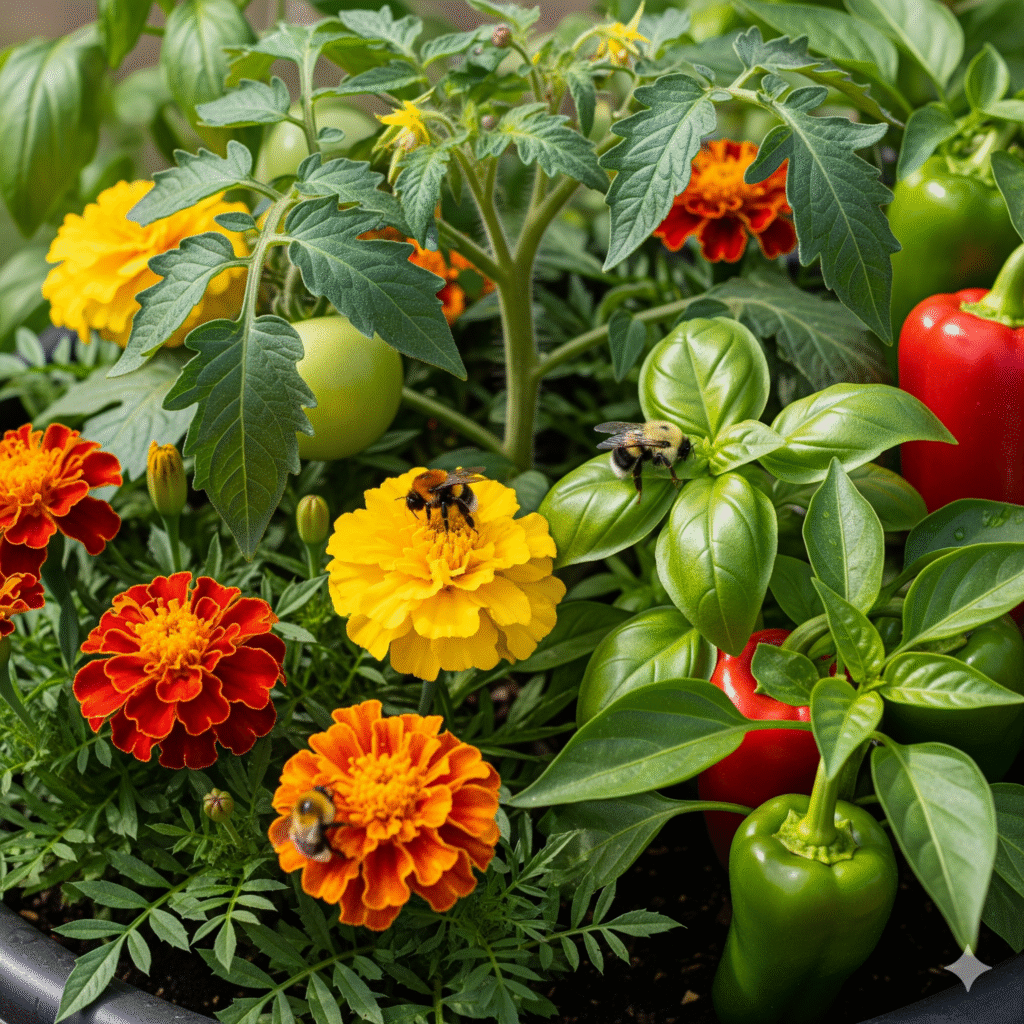
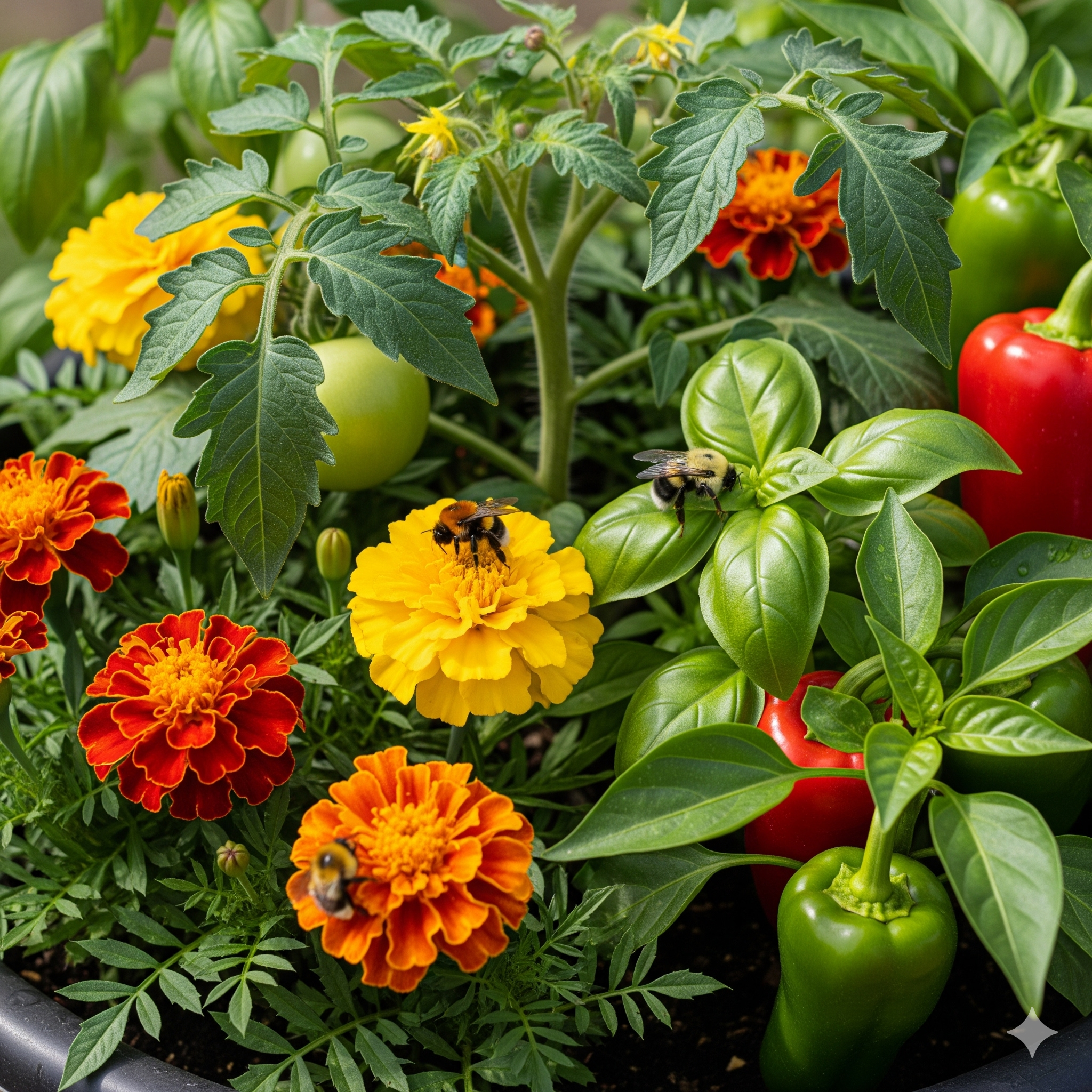
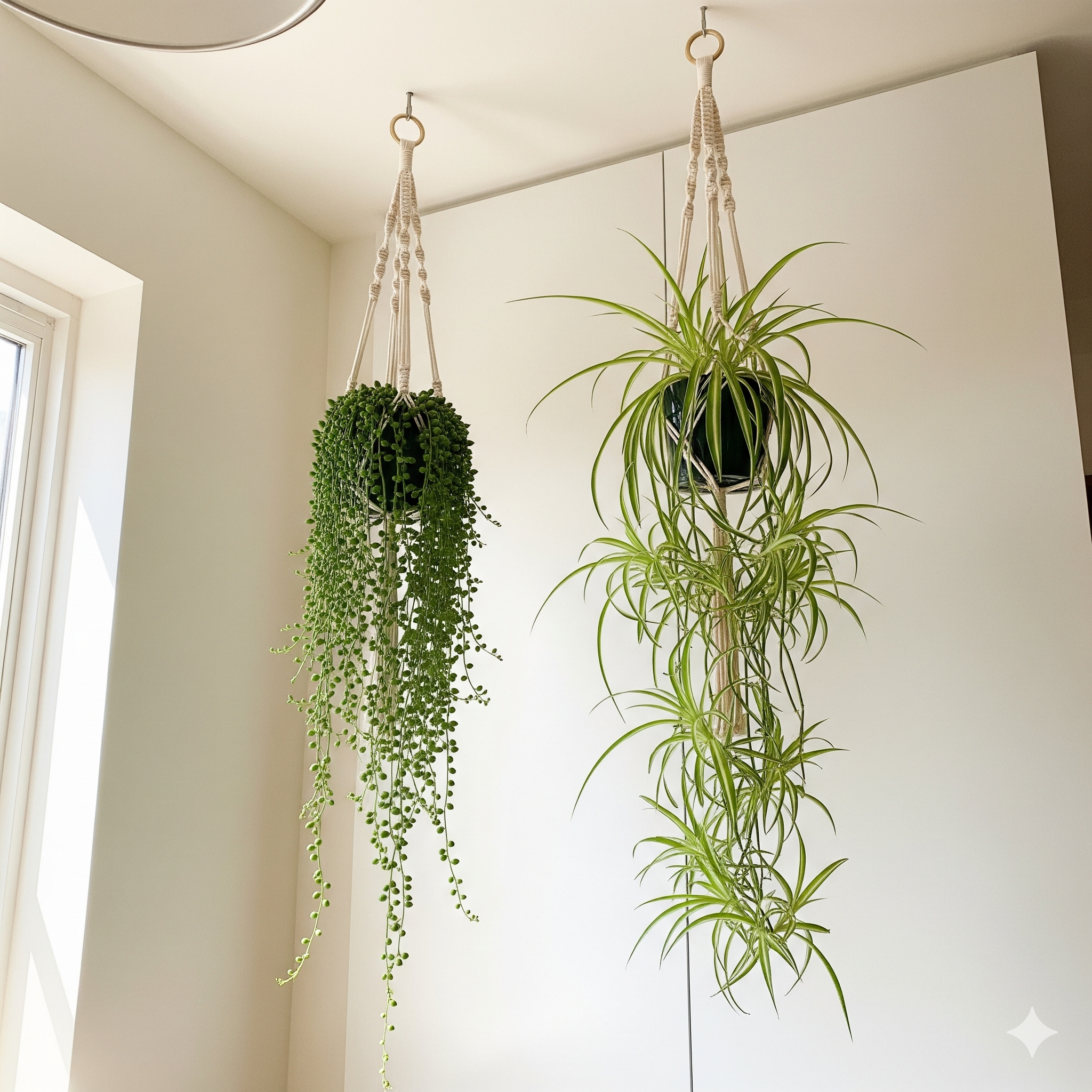
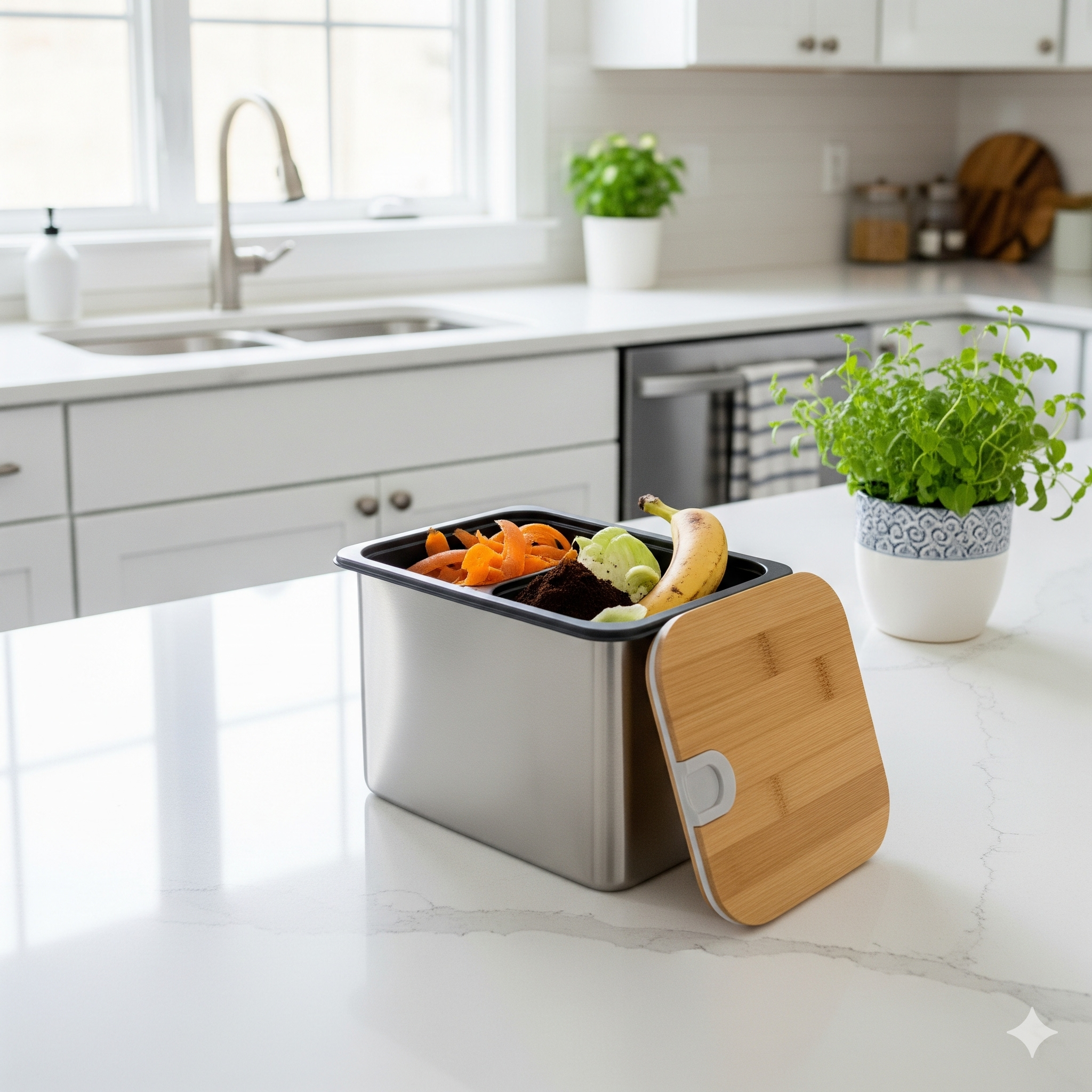
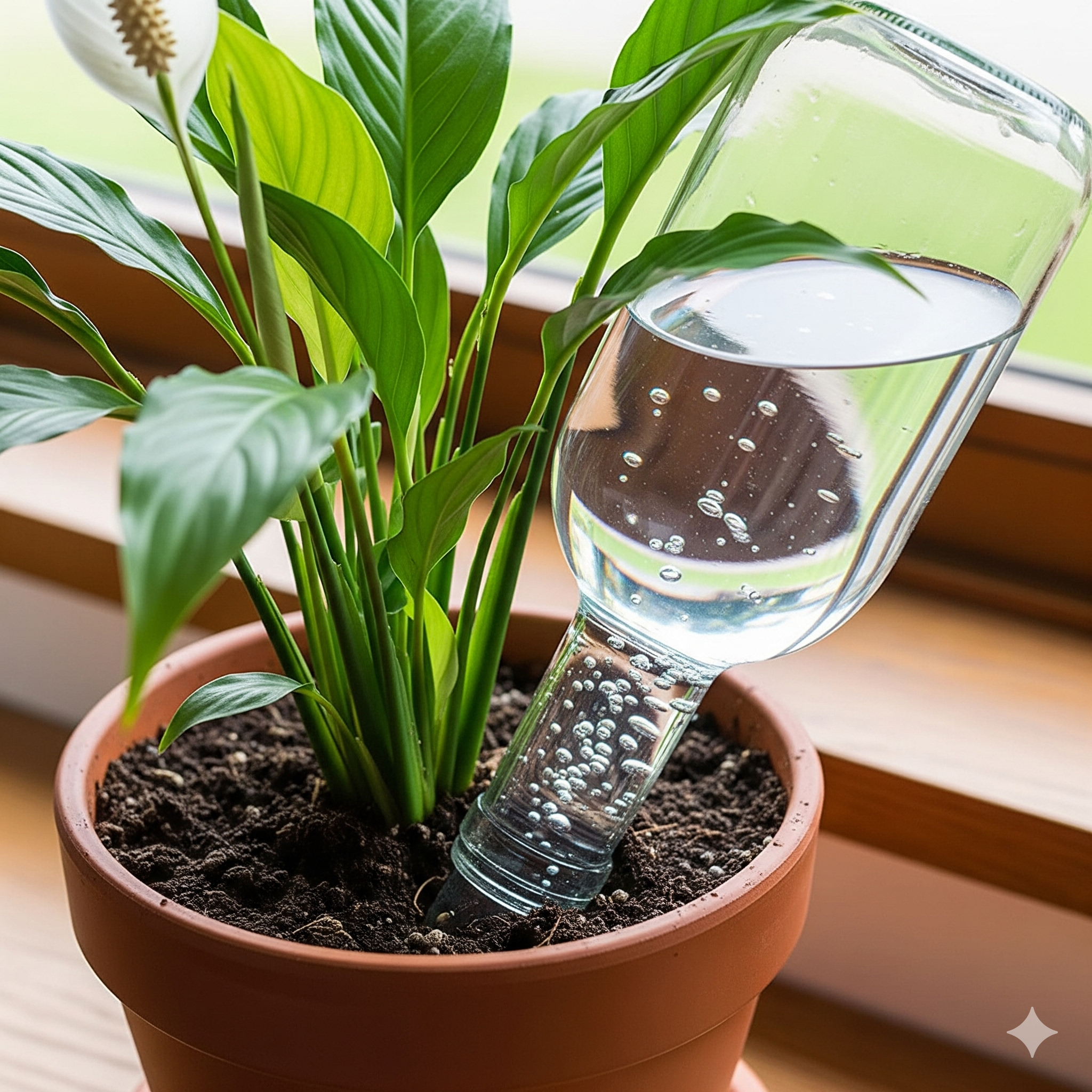
Post Comment